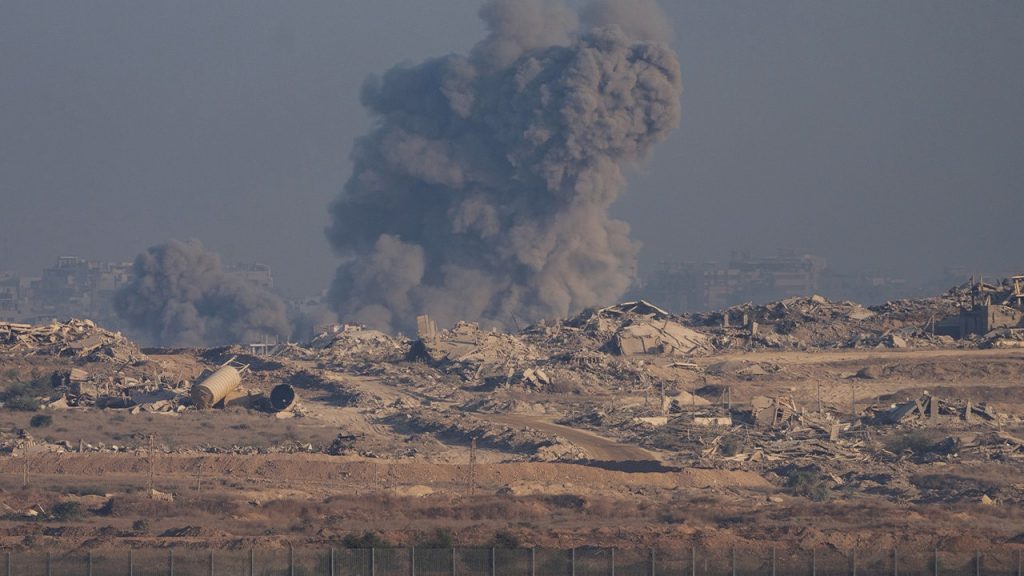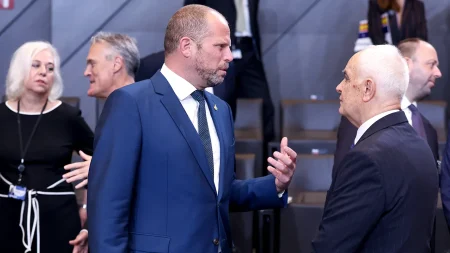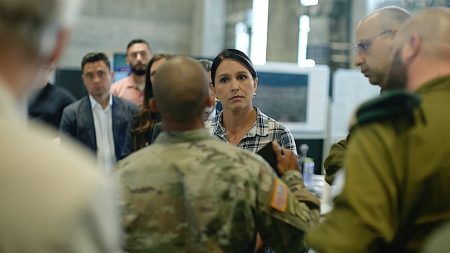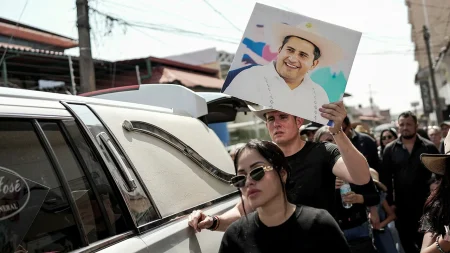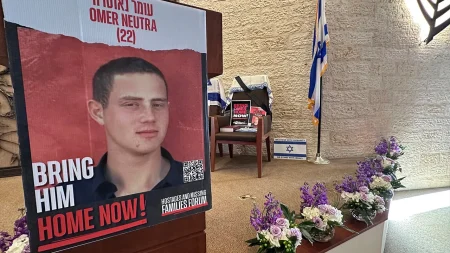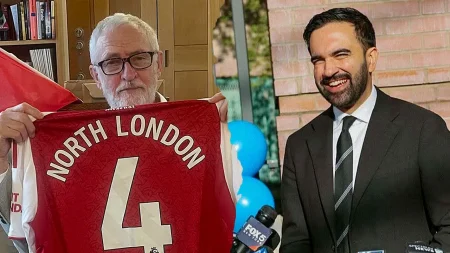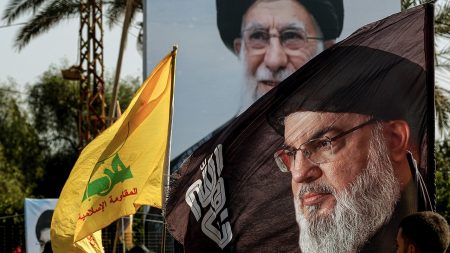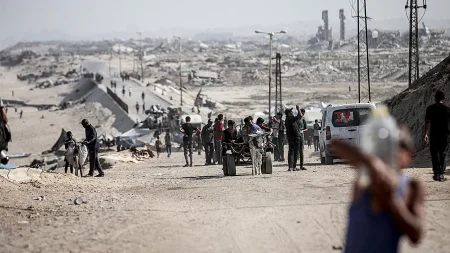Israel’s Intensifying Campaign in Gaza: Military Advances and Humanitarian Concerns
In a significant development in the ongoing Israel-Hamas conflict, Israeli military forces have secured control of approximately 40% of Gaza City, marking a substantial advancement in their campaign against Hamas. Brigadier General Effie Defrin confirmed this milestone during a Thursday press briefing, emphasizing that the Israel Defense Forces (IDF) are steadily moving toward capturing the entire urban center. “We continue to damage Hamas’ infrastructure,” Defrin stated plainly, outlining the twin objectives that continue to drive Israel’s military operations: securing the return of the 48 hostages still believed to be held in Gaza and dismantling Hamas’ governance structure in the region. This push represents the latest phase in a conflict that has evolved dramatically since its inception, with Israeli forces now implementing a more comprehensive strategy to achieve their stated goals.
The military offensive, code-named “Operation Gideon’s Chariots,” began in earnest on August 10th, involving tens of thousands of Israeli reservists fighting alongside regular troops. The campaign has involved declaring Gaza City a combat zone, with specific districts designated as “red zones” – areas citizens have been strongly urged to evacuate. These evacuation orders have prompted significant population movements, though exact numbers remain disputed. Israeli officials claim approximately 70,000 Palestinians have fled Gaza City, while Palestinian authorities suggest the figure is substantially lower, maintaining that tens of thousands remain in areas where active combat operations are underway. This disparity in numbers highlights the ongoing challenges in accurately assessing the humanitarian situation on the ground, as civilians attempt to navigate an increasingly dangerous landscape with limited options for shelter or safe passage.
The intensification of Israeli military operations has brought with it devastating consequences for Gaza’s civilian population. Gaza health officials reported at least 53 Palestinian casualties on Thursday alone, with the majority occurring in Gaza City as Israeli forces advanced deeper into eastern suburbs. Residents described heavy bombardments across multiple neighborhoods including Zeitoun, Sabra, Tuffah, and Shejaia, while tanks have pushed into Sheikh Radwan, northwest of the city center. According to Mahmoud Bassal, spokesperson for Gaza’s civil emergency service, the bombardment has destroyed numerous buildings in what he characterized as a “fire belt” targeting civilians. Bassal highlighted a critical humanitarian concern: “Even if Israel issues warnings, there are no places that can accommodate the people.” This statement underscores the impossible situation facing many Gaza residents – urged to evacuate but with few viable destinations for safety.
The current military campaign occurs against a backdrop of collapsed peace negotiations. Prime Minister Netanyahu shifted strategy after indirect talks with Hamas regarding a ceasefire and hostage release broke down in July, subsequently declaring Israel’s intention to conquer all of Gaza. This announcement has raised serious questions about Israel’s long-term plans for the territory, particularly as some members of Netanyahu’s coalition have begun advocating for permanent Israeli settlements in Gaza – a prospect that would fundamentally alter the region’s political landscape. The potential imposition of military rule, which Israeli officials have warned may be necessary, further complicates the future governance structure of Gaza and raises significant concerns about the rights and status of Palestinian residents who have called the territory home for generations.
International reactions to Israel’s Gaza operations continue to highlight deep divisions within the global community. The United Nations has become a particular flashpoint, with a UN expert recently repeating claims that Israel’s actions in Gaza constitute genocide – accusations that prompted calls from the United States for her removal. Israel has vigorously contested these characterizations, challenging UN officials on the factual basis for such serious allegations. This diplomatic tension reflects broader disagreements about the proportionality of Israel’s military response, the adequacy of civilian protection measures, and the balance between legitimate security concerns and humanitarian obligations under international law. As Israeli forces advance through Gaza City, these debates are likely to intensify, with various stakeholders interpreting events through fundamentally different moral and political frameworks.
As the conflict enters this new phase of urban warfare in Gaza City, the future remains deeply uncertain for all involved. For Israeli forces, securing complete control of Gaza City represents a significant military objective, but questions persist about whether territorial control will translate into achieving their strategic goals of eliminating Hamas as a governing entity and securing the release of remaining hostages. For Palestinian civilians caught in the crossfire, the immediate challenges of survival – finding safety, securing basic necessities, and avoiding injury – take precedence over these broader political questions. And for regional and global observers, the conflict continues to represent a profound humanitarian crisis with no clear resolution in sight, raising difficult questions about the prospects for eventual peace, reconciliation, and stability in one of the world’s most persistently troubled regions. As tanks advance and buildings fall, these fundamental human questions remain unanswered amid the chaos of conflict.





